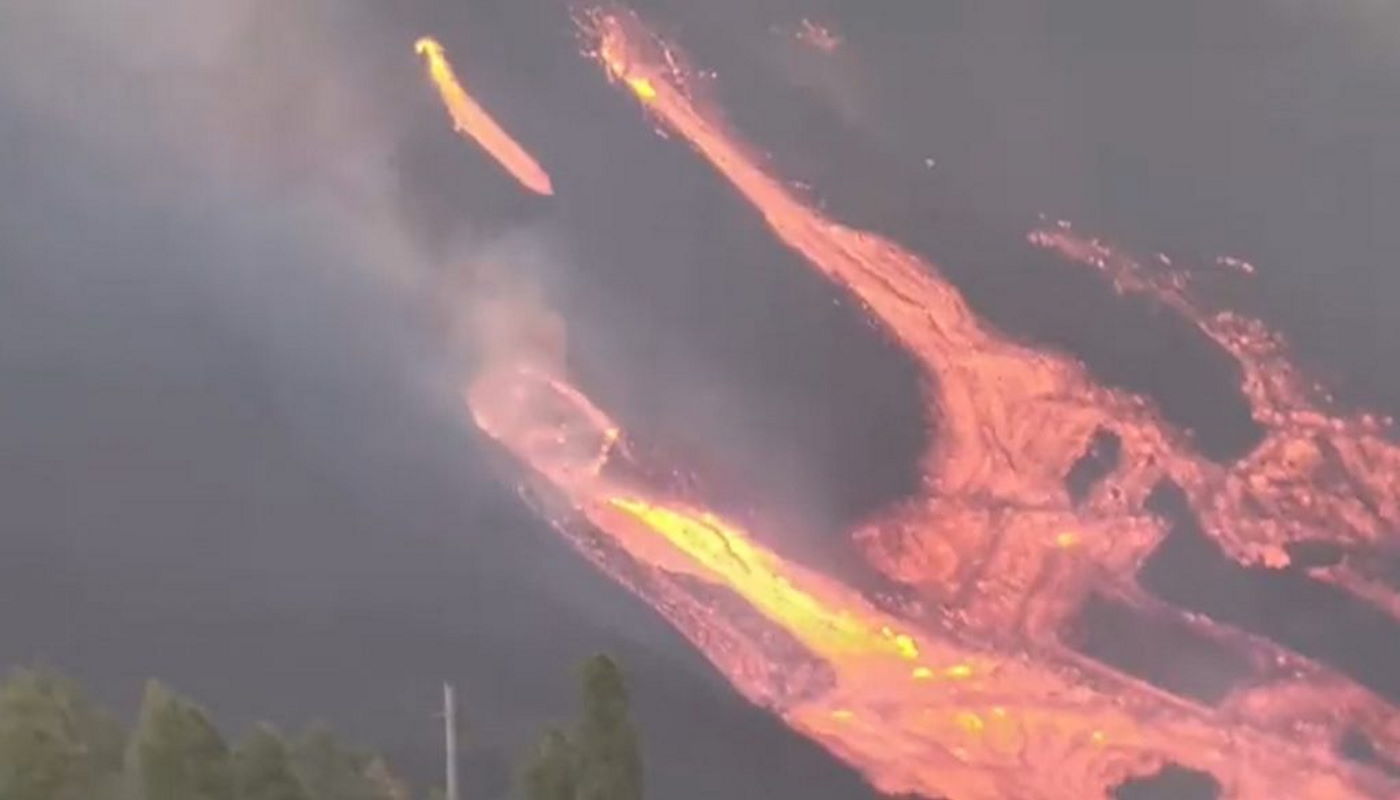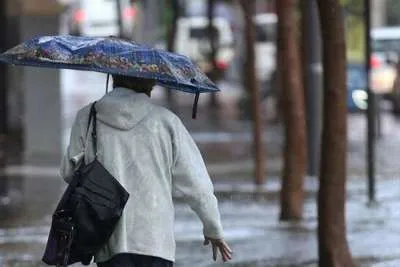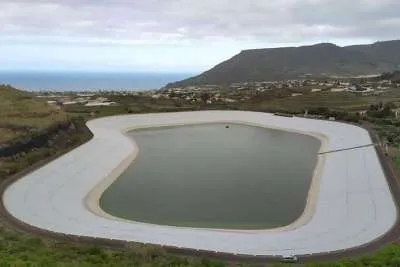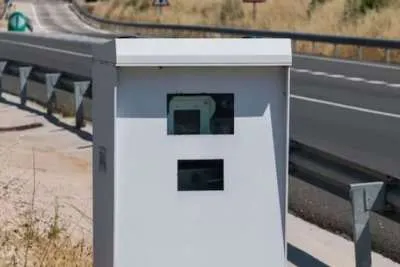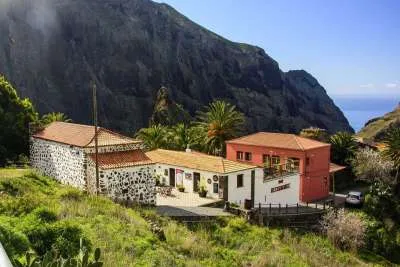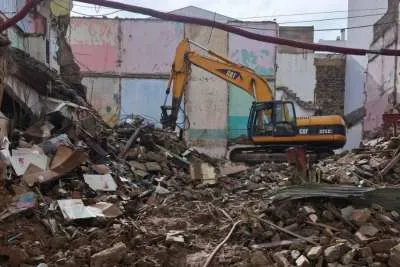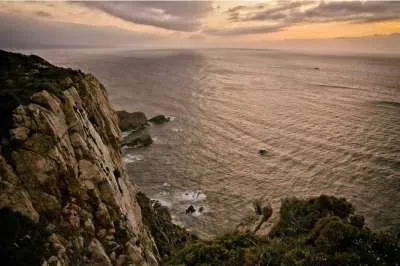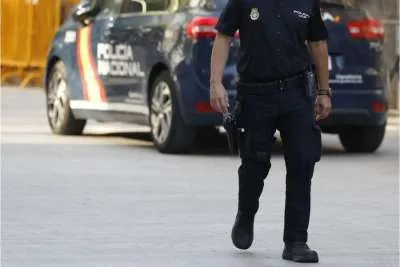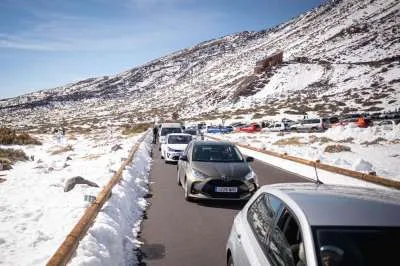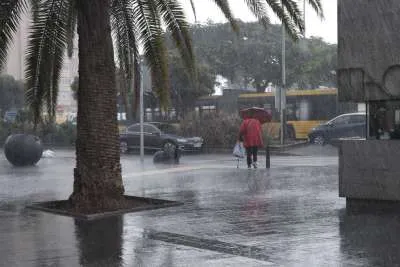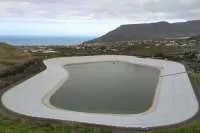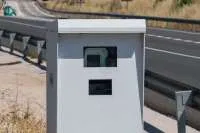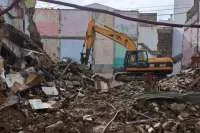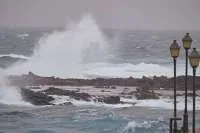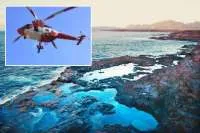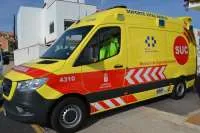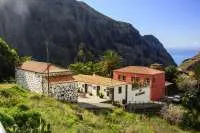New lava flow formed as part of cone collapses in La Palma volcano
- 24-10-2021
- National
- Canarian Weekly
The new lava flow from the La Palma volcano that emerged yesterday in the southern part of the cone and was reactivated this afternoon, could be slowed down by the large amount of ash it is encountering in its path, and not cause further material damage. The flow is pouring through the Las Manchas area at about 50 metres per hour, according to the calculation carried out by the Geographical and Mining Institute of Spain (IGME), while seismicity continues to increase.
The direction that this flow is taking is towards the populated nucleus of Corazoncillo in Las Manchas, but as highlighted by the technical director of Pevolca, Miguel Ángel Morcuende, the "high density" of pyroclastic material is causing the lava to gain in viscosity and slow down. They have also said that it is ‘very possible’ that this new lava flow may join a closer one, and “will not cause any more damage".
As for the lava that is stationary in the La Laguna neighbourhood, Morcuende confirmed that there is a high volume of new material building up behind it, which could push the front forward again at any time.
The technical director of Pevolca has highlighted that there are currently four emission centres active in the volcano, all contributing lava to the flows, and in total, throughout this eruption, there have been ten, some of which have been deactivated and closed.
The person in charge of the volcanic surveillance network of the IGN, Carmen López, has highlighted the alternation in the last 24 hours of effusive phases and "intense" explosive episodes and the generation of "large blocks" from the secondary cone, that caused successive lava spills.
In addition, a change of orientation of the lava channel, located at the outlet of the emitting centre of the flow, has been observed, migrating slightly to the west and then branching out into channels and volcanic tubes. In any case, the lava continues to flow down the north flank and down through the previous flows.
SEISMICITY:
Regarding seismicity, there has been an increase in the magnitudes of the earthquakes in the intermediate zones, the largest being one of 4.9 detected on Saturday afternoon at a depth of 38kms, and a 4.3 magnitude quake this afternoon (Sunday) at 5.15pm in Fuencaliente at a depth of 10kms.
“There is a notable increase in seismicity both at a deep and intermediate level. It is one of the most remarkable things that we continue to have, and there is an increase in the magnitudes in the area”, explained Morcuende.
Meanwhile, Itahiza Domínguez, seismographer for the IGN, has reported an increase in the volcanic tremor on social media, that coincides with greater seismicity detected since last night between 10 and 15 kilometres deep, and with an increased emission of pyroclasts from the secondary cone of the volcano.
ALMOST 440 EVACUEES STAYING IN HOTELS:
As for the evacuated residents, there are 439 people staying in hotel complexes, 376 are in the Hotel de Fuencaliente and 63 in the Hotel de Los Llanos de Aridane. In addition, there are 46 dependent people in social health centres on the island.
According to the latest data from the Copernicus satellite monitoring the area, reveals that the lava has now covered a total of 891.9 hectares, and has affected or destroyed 2,270 buildings and infrastructures, as well as 65 kilometres of destroyed roads.


